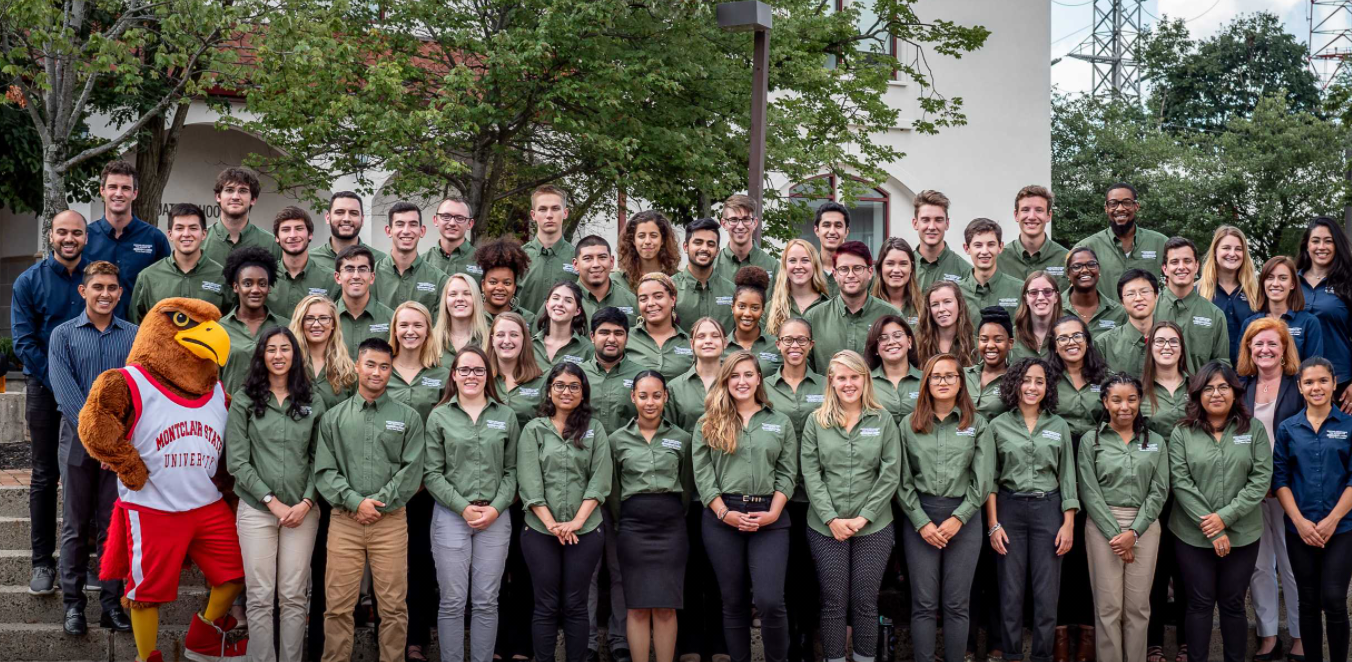Title
Morphotype Community Structure of Ectomycorrhizas on Douglas Fir (Pseudotsuga Menziesii Mirb. Franco) Seedlings Grown Under Elevated Atmospheric CO2 and Temperature
Document Type
Article
Publication Date
1-1-2000
Abstract
Mycorrhizas alter the acquisition of carbon and nutrients, thereby affecting numerous plant and ecosystem processes. It is important, therefore, to determine how mycorrhizal populations will change under possible future climate conditions. Individual and interactive effects of elevated atmospheric CO2 concentration and atmospheric temperature were assessed in a 2x2 factorial design [ambient and elevated (200 ppm above ambient) CO2 concentrations, and ambient and elevated (4°C above ambient) temperatures]. In June 1993, 2-year-old Douglas fir (Pseudotsuga menziesii Mirb. Franco) seedlings were planted in 12 environment-tracking chambers (n=3) containing reconstructed, low-nitrogen, native forest soil. Climate treatments were imposed shortly thereafter, and the seedlings grew until June 1997. Soil cores were taken twice per year during the exposure period. We present findings on changes in the community structure of ectomycorrhizal (ECM) root tips, categorized into morphotypes using gross morphological traits. A diverse and stable community of morphotypes (a total of 40) was encountered; no more than 30 of which were seen at any sampling time. In the first sample, there were only 15 morphotypes found in the 12 chambers. Morphotype numbers increased during the first half of the experiment, remaining fairly constant thereafter. Near the end of the exposure, elevated-temperature treatments maintained more morphotypes than ambient treatments. However, overall, absolute measures (number of ECM tips) were affected primarily by CO2 treatment, whereas proportional measures (e.g., Simpson's index) were affected primarily by temperature. While some morphotypes were negatively affected seasonally by higher temperatures (putative Rhizopogon group), others (Cenococcum) seemed to thrive. Underlying the dominant patterns of change in diversity, driven by the Rhizopogon group, subdominant populations responded slightly differently. Community diversity through time tended to increase at a greater rate for all subdominant populations compared with the rate when dominant populations were included.
MSU Digital Commons Citation
Rygiewicz, Paul T.; Martin, Kendall J.; and Tuininga, Amy, "Morphotype Community Structure of Ectomycorrhizas on Douglas Fir (Pseudotsuga Menziesii Mirb. Franco) Seedlings Grown Under Elevated Atmospheric CO2 and Temperature" (2000). Presentations and Proceedings. 11.
https://digitalcommons.montclair.edu/pseg-institute_present/11



